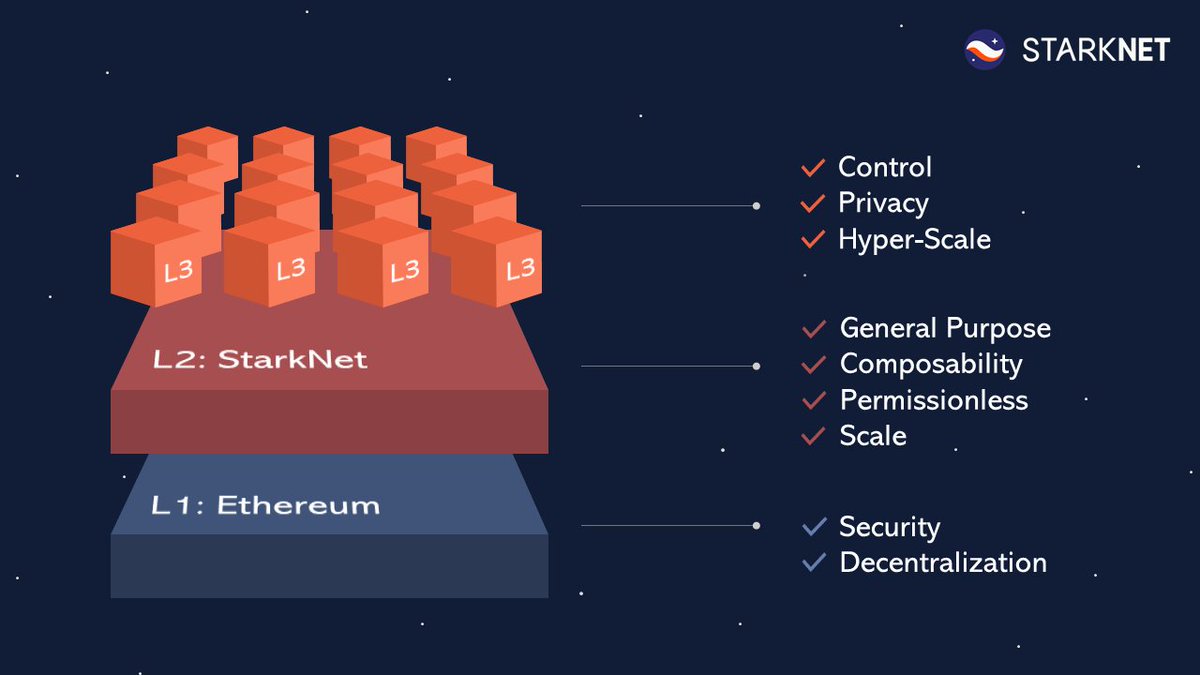
Greetings, fellow Planeswalkers! 🧙♂️
The mists of mystery and magic swirl around us.
Today, we shall delve into the realm of possibility and consider the intersection of Magic: The Gathering and the arcane art of StarkNet technology. 🔮
The mists of mystery and magic swirl around us.
Today, we shall delve into the realm of possibility and consider the intersection of Magic: The Gathering and the arcane art of StarkNet technology. 🔮
For those unfamiliar with the ancient and revered game of Magic: The Gathering (MTG), let us remind you that it is a collectible card game 🃏 in which players wield decks of enchanted cards, summoning creatures, and casting spells in epic battles of magic and strategy.
One possibility for integrating the power of blockchain into MTG is to create a digital version of the game, powered by the unbreakable chains of the blockchain. 🔗
This could allow players to trade, purchase, and sell virtual copies of the cards using cryptocurrency or other blockchain-based assets, facilitated by the immutable ledger of the blockchain.
Another possibility could be to infuse the physical cards of MTG with the magic of blockchain technology, such as by embedding NFC chips or QR codes linked to the chain within the cards.
This could help verify the authenticity and ownership of the cards, making it easier to trade them online in the vast and ever-changing multiverse of MTG. 🌌
A third possibility could be the use of StarkNet's onchain computation on the validity rollup, which makes it possible to harness the processing power of a supercomputer within smart contracts, all without the need for trust. 💡
This could open up new possibilities for smart contract devs, who now have access to a vast amount of computing power.
The broadband moment has arrived, and with it, the potential for new and innovative use cases to emerge.
The broadband moment has arrived, and with it, the potential for new and innovative use cases to emerge.
It is even possible that this could lead to the creation of a totally new MTG game.
However, it must be noted that such an integration of blockchain technology would likely be a complex and challenging process, requiring a skilled hand and careful consideration. 🤔
The question of whether such an implementation would be desirable is a matter of debate and one that each Planeswalker must decide for themselves.
Additionally, it is important to consider the potential risks and challenges involved in integrating blockchain technology, including the need to overcome technical and logistical hurdles.
On the topic of NFTs, I caution all Planeswalkers to approach them with caution and due diligence. 🧐
While NFTs can be useful for representing ownership of digital items, the technology is still relatively new and there have been instances of NFT projects failing or being targeted by unscrupulous forces.
It is important to carefully consider the risks and challenges associated with NFTs, including the potential for scams or failures.
In conclusion, the intersection of MTG and blockchain, and specifically StarkNet tech offers a realm of possibilities and potential, but also comes with its own set of risks and challenges. 🤝
The veil between worlds is thinning, and the OGs of MTG and StarkNet are ready to reveal their secrets.
Join Dr. Richard Garfield and Skaff Elias, alongside @EliBenSasson on December 20th at 17:30 UTC for a magical experience.
Secure your spot now:
crowdcast.io/e/vyosiesj/reg… #MTG
Join Dr. Richard Garfield and Skaff Elias, alongside @EliBenSasson on December 20th at 17:30 UTC for a magical experience.
Secure your spot now:
crowdcast.io/e/vyosiesj/reg… #MTG
As always, I wish all fellow Planeswalkers the joy of gaming and the blessings of the Multiverse.
May your magic be true and your victories many. 🏆
May your magic be true and your victories many. 🏆
• • •
Missing some Tweet in this thread? You can try to
force a refresh





